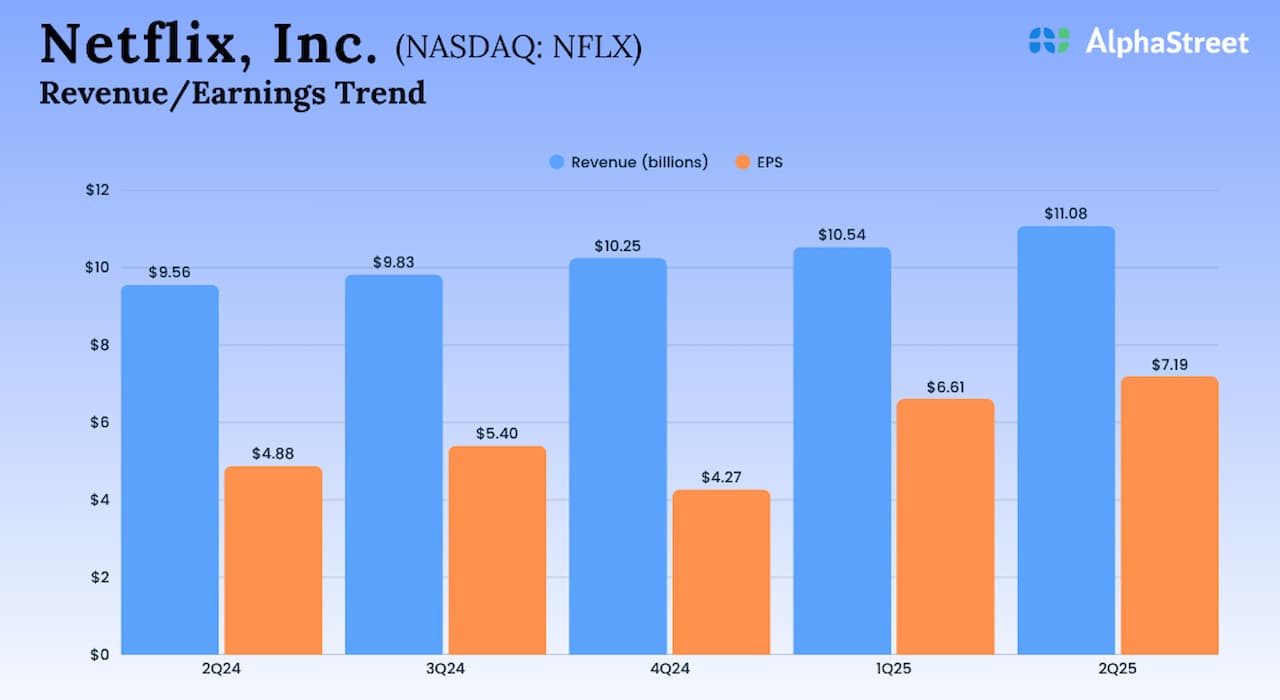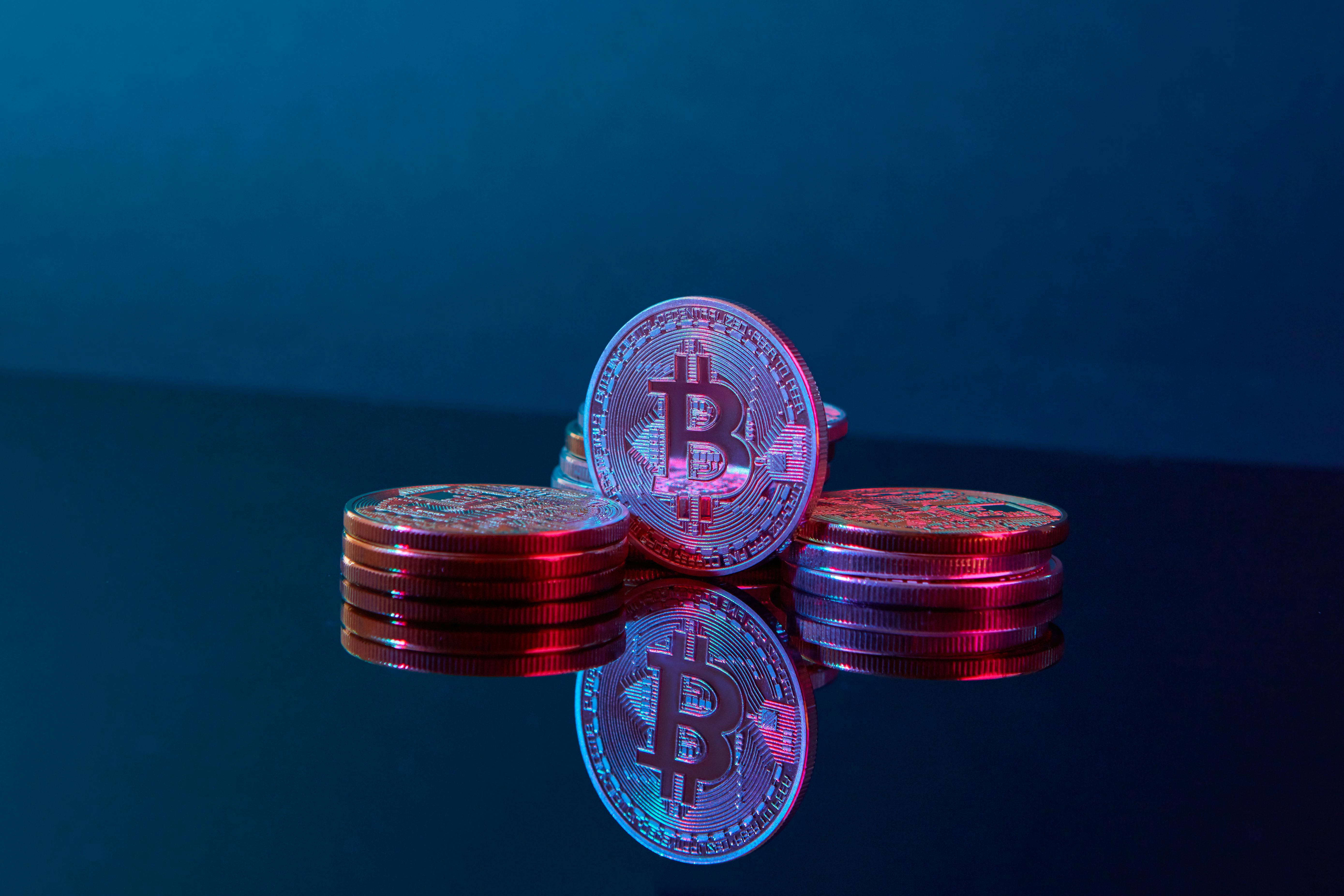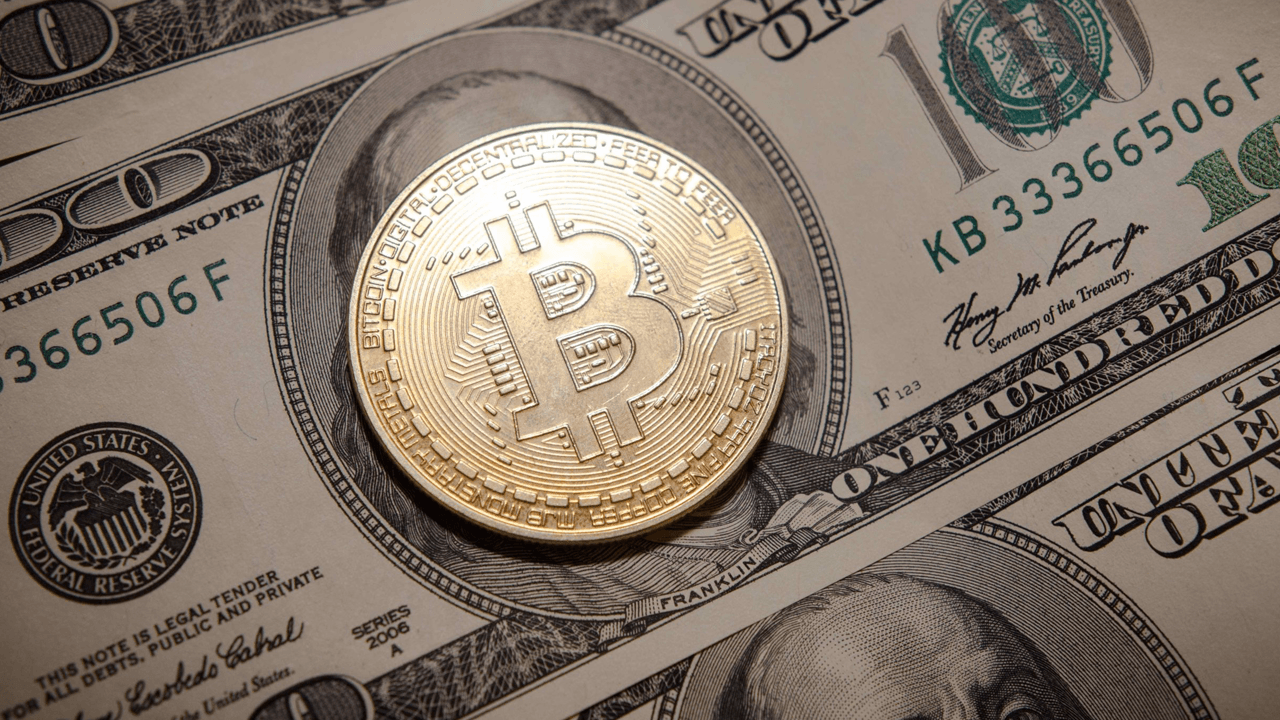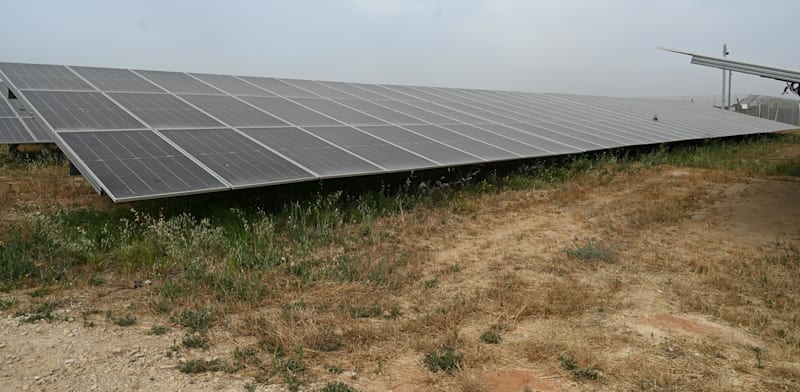PM Images
Soft inflation and tiny interest rates once meant that investors could park cash in low-yielding money market accounts and forget about it, but that’s all changed now. A high CPI and Fed tightening mean you can get 4%+ from certain money markets these days – and even more from alternatives like Treasury bond ETFs.
“Have we ever had a time in our lives where you could get 4% or 5% with no credit risk, no duration risk and the liquidity of Treasurys?” Rob Isbetts, a Seeking Alpha contributor and CIO of Modern Income Investor, said in a recent interview. “I call it ‘The 50-Year Flood,’ because it’s been around 50 years since we’ve had conditions like this.”
Here’s a look at pros and cons of where to put your cash in today’s market:
Sweep Accounts and Money Markets
Many investors keep cash in either “sweep accounts” or brokerage money market accounts by default.Sweep accounts are typically cash positions within brokerage accounts that hold things like proceeds from your recent stock sales. Brokerages “sweep” this money into a position that you can later tap into to buy new investments.
These accounts are convenient, sometimes carry FDIC insurance and often pay some interest, but typically less than money markets do.
For example, Fidelity Investments’ FCASH brokerage-cash position was paying 2.32% annual interest as of last check – well below the 4.22% seven-day yield that the Fidelity Government Money Market Fund (MUTF:SPAXX) or Fidelity Treasury Money Market Fund (MUTF:FZFXX) offered.
CDs
Brokerages typically offer certificates of deposit ((CDs)) that range from one month to as long as five years, and many currently pay impressive yields. For example, Charles Schwab sells one- to 18-month CDs that all offered 5%+ annualized returns as of this writing.
CDs often carry FDIC insurance, but downsides include the possibility that yields will rise even higher after you’ve locked in your rate. You might also face losses or extra fees if you need cash in your CDs early.
Treasury Bonds
Today’s generous interest rates have some investors simply buying U.S. Treasurys directly from Uncle Sam.
That offers zero default risk, no state income-tax liability and better yields than many money markets pay. For instance, Treasurys with maturities ranging from 30 days to two years all offered close to or above 5% annualized yields at last check.
However, Seeking Alpha contributor Mike Zaccardi said buying Treasurys directly has the same downsides as CDs – yield risk, involved purchase procedures and potential fees/losses if you sell early.
Short-Duration Treasury ETFs
All in, Zaccardi and Isbetts both see short-term Treasury ETFs – which typically invest in Treasury bills of up to 90-day maturities – as today’s best place to park cash.
These funds basically offer the same liquidity, low risk, generous yields and exemption from state income tax that you get from owning Treasurys directly, but allow you to skip buying and selling T-bills yourself.
Seeking Alpha columnists’ favorite such funds include:
- iShares 0-3 Month Treasury Bond ETF (NYSEARCA:SGOV), which had a 4.49% 30-day SEC yield as of this writing. Oakridge Trading laid out a “Buy” thesis for the fund here.
- iShares Short Treasury Bond ETF (NASDAQ:SHV). This ETF buys three- to 12-month T-bills and keeps rolling them over. SHV has a 0.15% expense ratio and a 4.54% 30-day SEC yield as of early March. Isbetts recently issued a “Strong Buy” recommendation for the fund.
- SPDR Bloomberg 1-3 Month T-Bill ETF (NYSEARCA:BIL). This ETF boasted a 0.1354% expense ratio and a 4.37% 30-day SEC yield as of last check, and Zaccardi recently argued that it’s a “Buy.”
- U.S. Treasury 3-Month Bill ETF (NASDAQ:TBIL). TBIL invests in 90-day Treasury bills and frequently rolls them over to exploit any rate increases. The fund charges a 0.15% expense ratio and listed a 3.92% 30-day SEC yield as of Dec. 31, but that’s likely higher by now. Isbetts made a “Buy” argument for the ETF here.
- Vanguard Short-Term Treasury Index Fund (NASDAQ:VGSH), which offered a 0.4% expense ration and 4.82% 30-day SEC yield as of early March. Isbetts recently wrote that the fund offers an “historically unique window of opportunity.”
Medium-Term Treasury ETFs
Today’s inverted yield curve means investors can actually get higher interest rates on Treasurys with shorter maturities than longer ones. But experts say buying medium-term Treasury ETFs, which typically invest in seven- to 10-year Treasurys, will let you lock in today’s rates for the long haul.
Some funds that SA columnists like:
- iShares 7-10 Year Treasury Bond ETF (NASDAQ:IEF). This ETF offered 0.15% expense ratio and a 3.82% 30-day yield at this writing. Zaccardi likes the fund, which SA contributor Stuart Allsop gave a “Strong Buy” recommendation in November.
- iShares Treasury Floating Rate Bond ETF (NYSEARCA:TFLO), which had a 0.15% expense ratio and a 4.72% 30-day SEC yield as of this writing. TFLO invests in floating-rate Treasurys with maturities of up to two years. Isbetts recently gave the fund a “Buy” rating, saying that it will benefit if rates rise further as expected.
- Vanguard Intermediate-Term Treasury ETF (NASDAQ:VGIT). VGIT carried a 0.4% expense ratio and a 4.15% 30-day SEC yield at last check. Seeking Alpha columnist ETF Monkey recently argued that the ETF offers a “compelling risk/reward balance,” although the contributor also liked other options.
For more fund ideas, check out Seeking Alpha’s ETF Screener.















